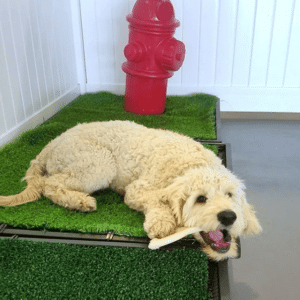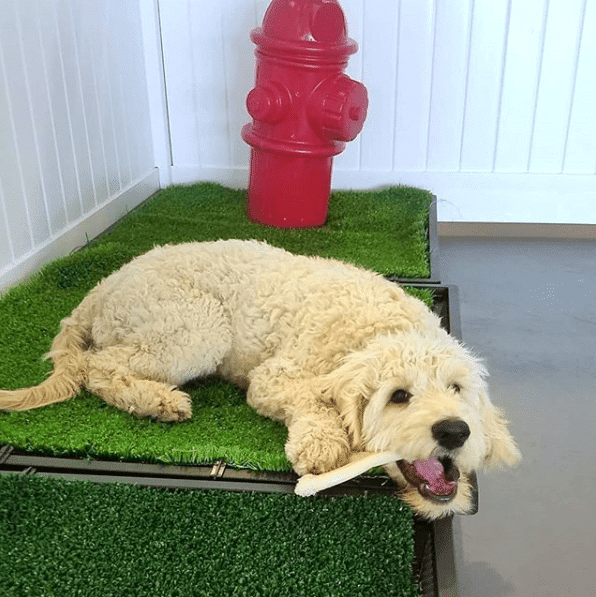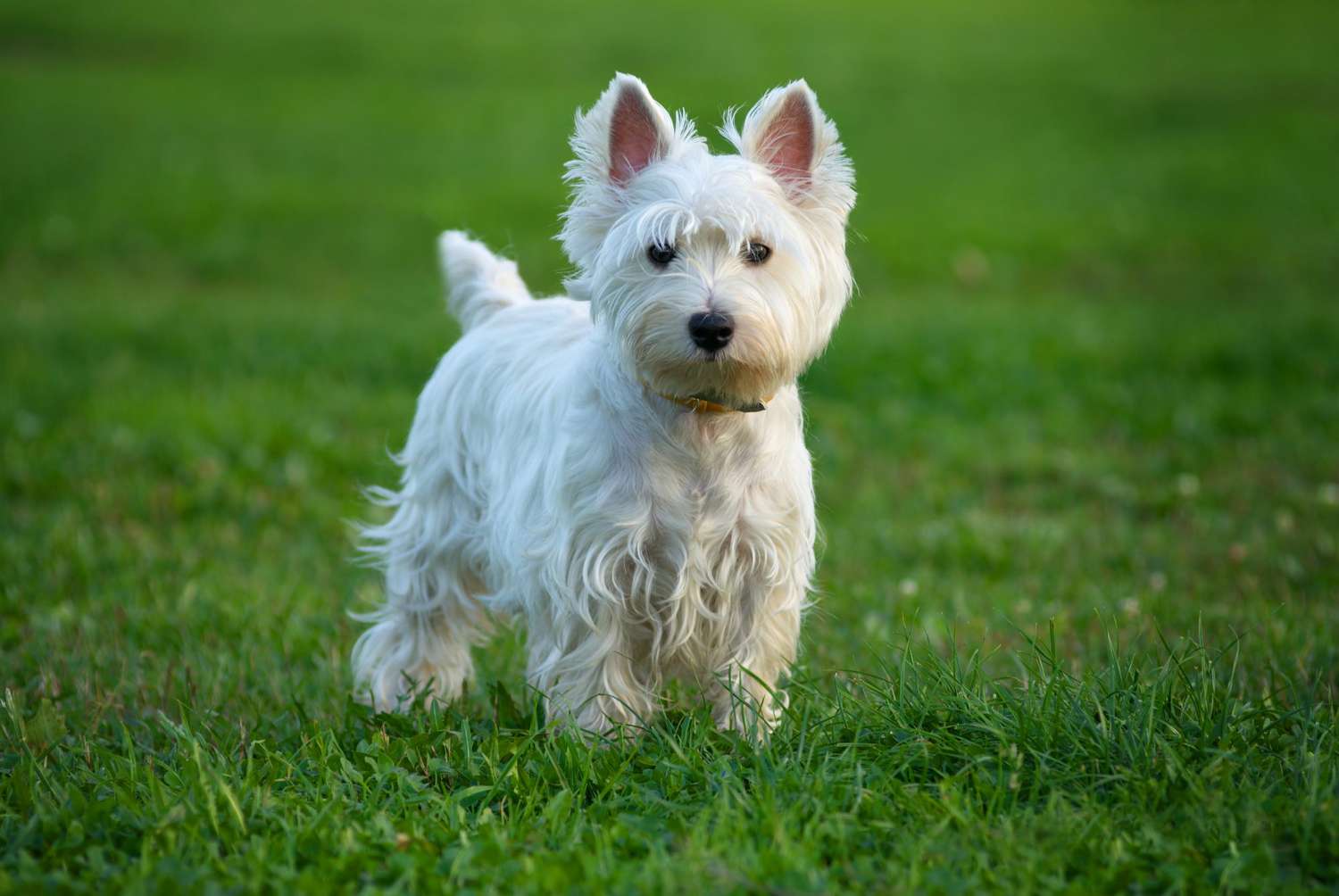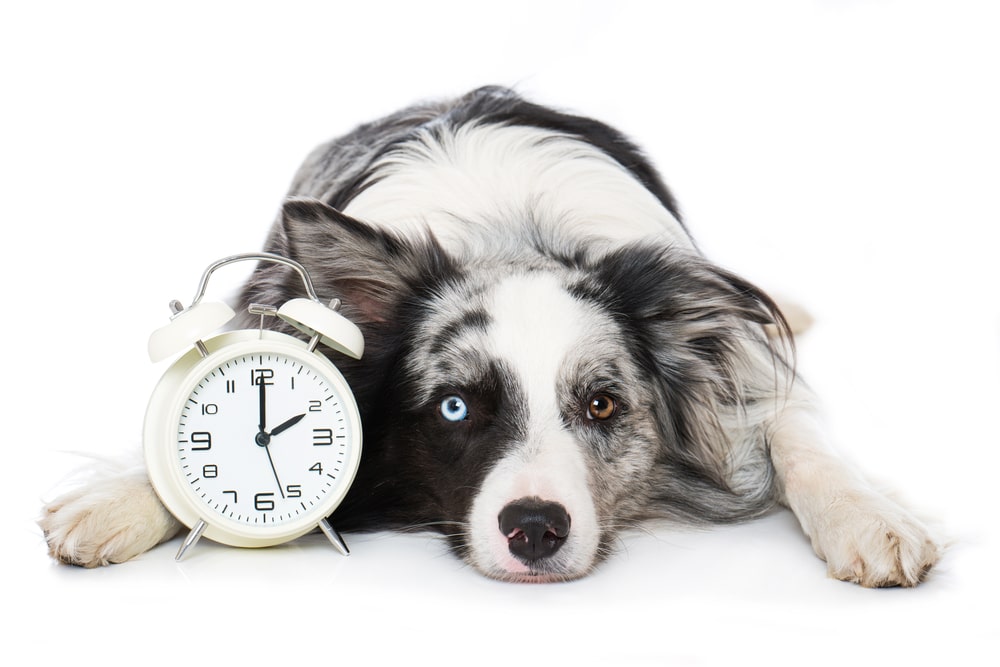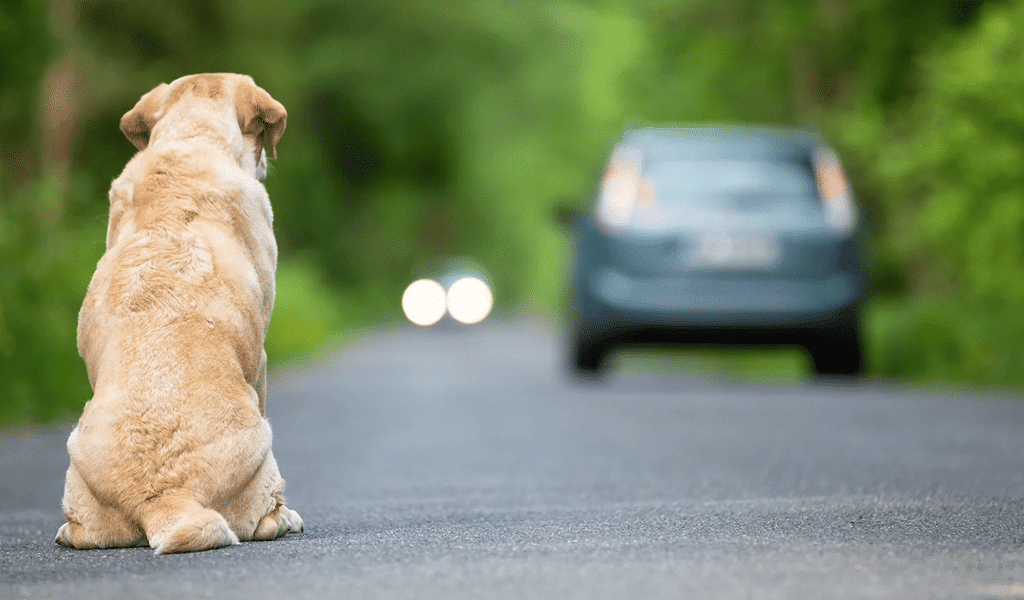Origin of the Labradoodle
The Labradoodle entered the limelight in 1988 when a retired veterinarian in Australia crossed the two breeds to create allergy friendly guide dogs for the Royal Guide Dog Association of Australia. The idea behind the crossbreeding was to mix the gentle and intelligent Labrador Retriever with another intelligent but low shedding dog, the Poodle. Introduced to American breeders soon later, the breed’s popularity skyrocketed because of their calm demeanor and hypoallergenic nature.Labradoodle Breed Characteristics
Because the Labradoodle is a crossbreed and not a pure breed, puppies do not have consistent and predictable characteristics. However, once a Labradoodle is bred to another Labradoodle for 4 generations or more than one can expect a greater consistency. On the other hand, Labradoodles are not a recognized standard breed by any major kennel club association, so standard characteristics are still a grey area. So, if you really would like to be sure what type of pup you are getting, make sure you to do your research well. Get to know the breeder that is selling you the puppy and do not be shy to ask for proof. Make sure to ask as many questions as necessary!Size
Like Poodles, Labradoodles can vary in size depending on the dominant genes inherited from their parents and ancestors. The three distinctive sizes are miniature, medium and standard. Miniature Labradoodles are 14-16 inches height and can weigh up to 25 pounds. The standard size Labradoodle can weigh more than 45 pounds and reach a height of 22 inches tall.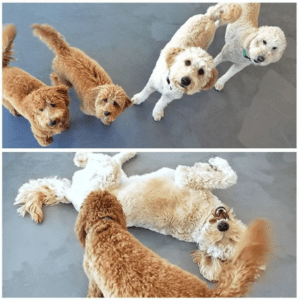
Coat & Color
There are mainly three different coat types in Labradoodles; fleece, wool and hair. The fleece fur is usually wavy and long and has a silky feel to it. The wool coat is similar to that of a sheep or Poodle and has tight curls and feels like a wool sweater. The hair type coat is slightly wavy and has a wispy look to it. Labradoodles come in almost any color, ranging from red, black, silver, blue, camel, chocolate, cream, apricot, and white.Hypoallergenic
Poodles have a reputation for being hypoallergenic, meaning that people with allergies to dogs can supposedly tolerate them. Labradoodle breeders also promote them as hypoallergenic, because of the Poodle genes in their heritage. However, it is dander that causes allergies and not dog fur as such. Dander is the dead skin cells that are shed by all dogs and also humans! Some dogs just shed more dander then others. So some people with mild allergies can react less severely to particular dogs but no dog can be guaranteed hypoallergenic.Temperament
The Labradoodle is blessed with outstanding characteristics found in the genes of their parent breeds, Labradoodles are naturally intuitive, social, loving and easily trained. They crave stimulation, require companionship and have proven themselves to be great dogs for families.Health
One of the arguments in favor of designer dogs is the larger genetic variety that a breeder achieves when crossing two breeds. A larger gene pool should result in a dog with less health problems. However, you must still consider the potential hip dysplasia that is typical for Labrador Retrievers and the eye problems that is typical for Poodles. On a more positive note, both Labradors and Poodles are long live breeds so a 15-year-old Labradoodle is not uncommon. The average life span is about 12 plus years.Upkeep
Breeders promote Labradoodles’s coats to be low maintenance and low shedding, similar to those of Poodles. However, Labradors have a coat that sheds profusel